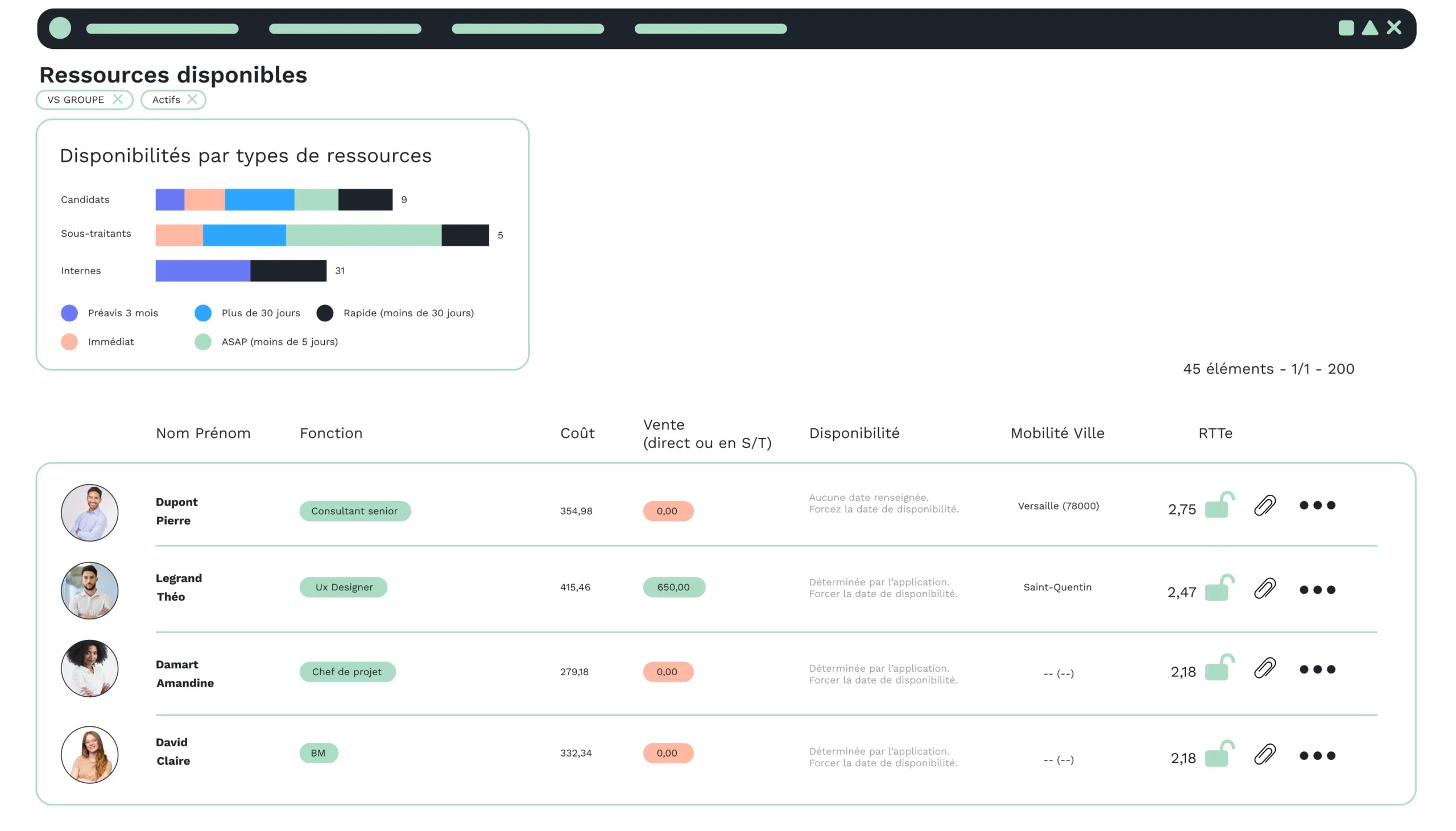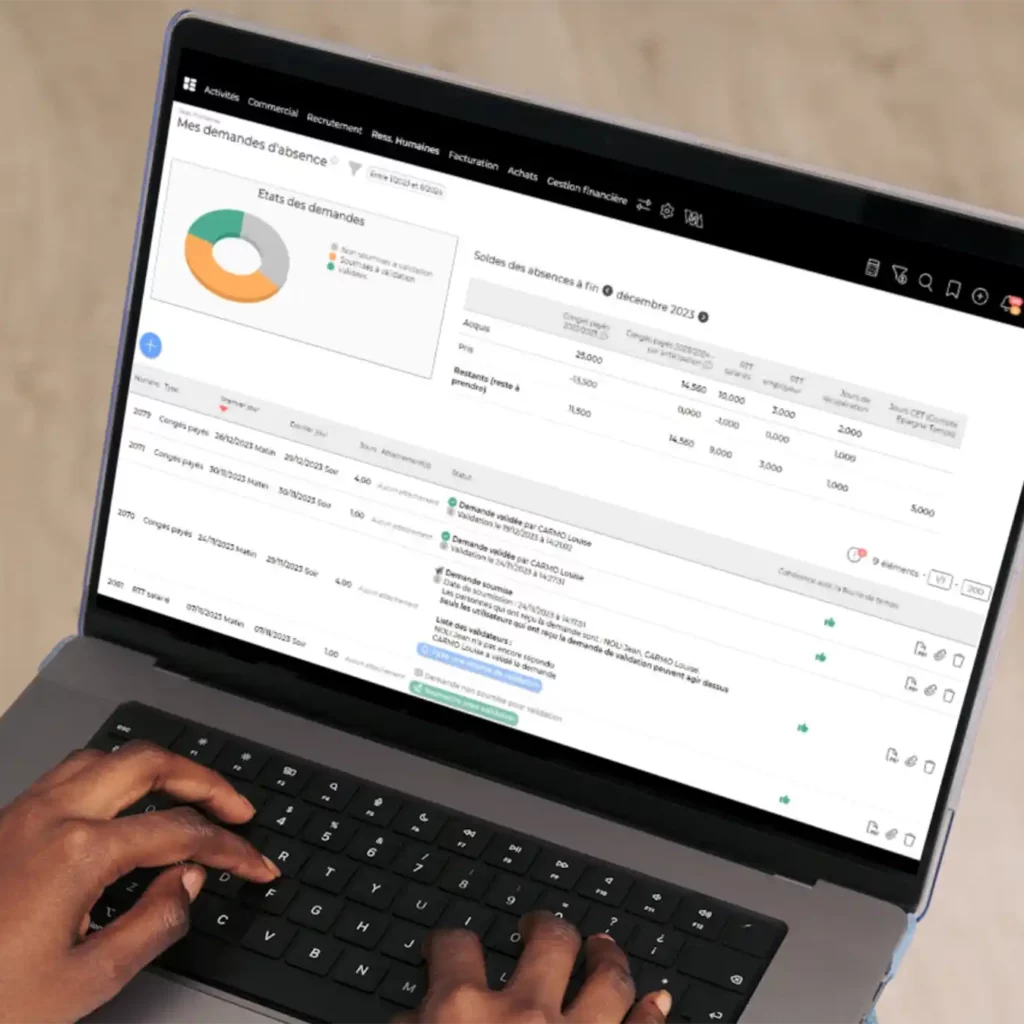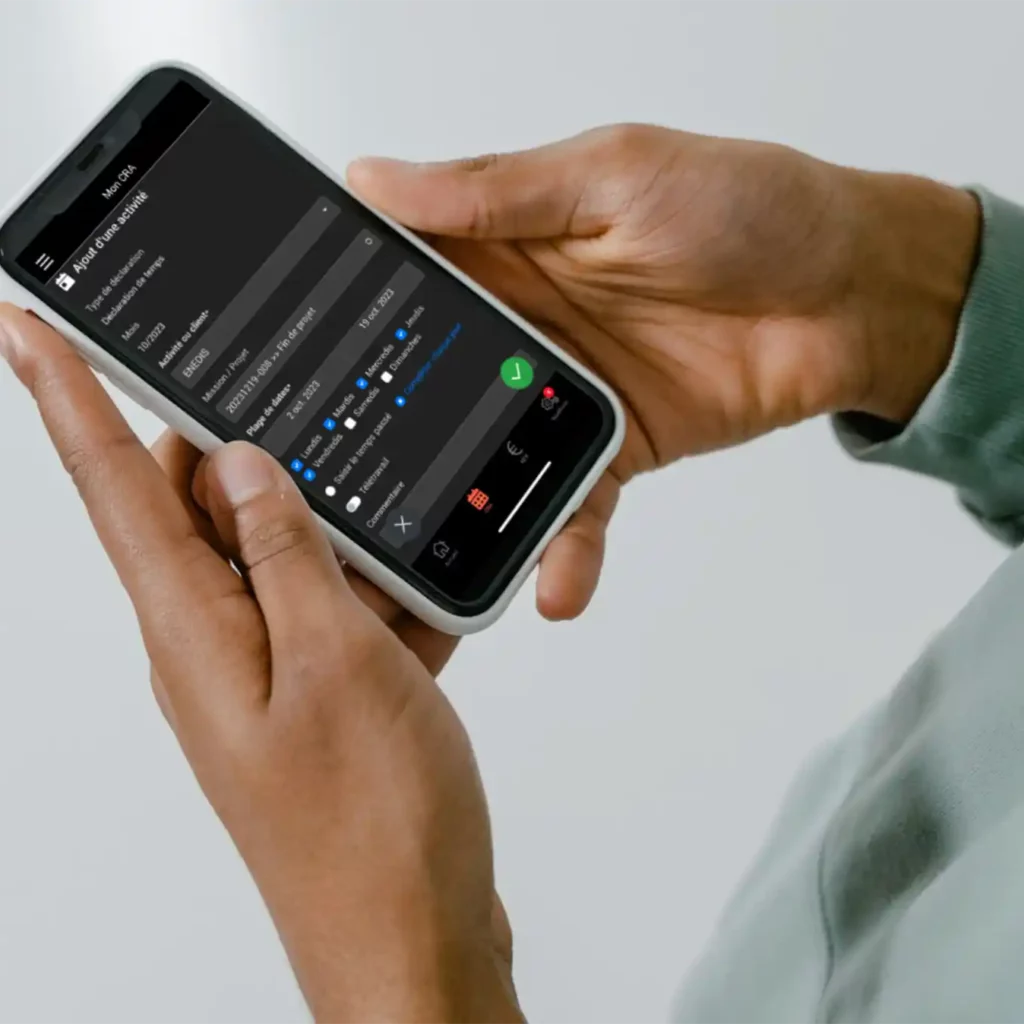Onboarding is a decisive period for new recruits. According to a Welcome to the Jungle study, 33% of new employees know within their first week whether or not they want to stay with the company for the long term.
This process is very important for your company, as it allows you to :
- Reducing stress and motivating new recruits;
- Reduce company turnover;
- Improve employee satisfaction;
- Strengthen team cohesion and commitment ;
- Improve your employer brand.
Discover 3 steps to help you set up an effective onboarding process.
1. Integration begins with pre-boarding
This stage, which is often overlooked, corresponds to the period following the candidate’s acceptance of the job offer, and continues until he or she officially joins the company.
There are two important points here:
To begin with, get ready!
Plan your onboarding rigorously, defining a detailed strategy that takes into account the key stages, the resources required and the players involved.
Then prepare the candidate!
Initiate communication and create a bond with the recruit even before he or she takes up the job. Be completely transparent about the company, the culture, the integration process… and remain available to answer any questions.
From an administrative point of view, don’t hesitate to pass on as many important details as possible in advance, such as schedules and emergency contacts, as well as other documents that may be useful to him. This will avoid having 200 documents to read and sign, and cause stress on the big day.
2. On the big day, make the most of the integration day
To make sure you don’t miss a thing, remember to organize your day according to these 4 fundamental pillars:
- A tour of the office and its workspace,
- A warm welcome from our staff,
- Initial discussions with the manager,
- Handover of important documents and materials.
Beyond these 4 essentials, don’t forget that the aim of this day is to put the new recruit at ease and prepare him or her to start training quickly.
For example, you can organize the day in two stages:
The morning began with a convivial breakfast with all colleagues, followed by a tour of the site and a welcome pack (goodies, various equipment and documentation).
Finally, in the afternoon, you can get to the heart of the matter. First discussions with the manager, presentation of the integration schedule, or a meeting with a few colleagues.
3. No slacking off! Continue with follow-up and skills upgrading.
Don’t rest on your laurels!
Now it’s time to roll out your training, follow-up and skills enhancement strategy:
- Plan a training program;
- Provide regular feedback ;
- Set short- and long-term goals;
- Continued integration into the corporate culture;
- Evaluate your onboarding for continuous improvement.
Don’t forget that your employees aren’t robots; each individual reacts differently. Sometimes you need to slow down, speed up or adapt the onboarding process according to the new recruit’s strengths and weaknesses.
Finally, it’s important to get your new employee’s feedback on your onboarding. This will enable you to constantly improve your process, so that you can offer the best possible service to future arrivals.






